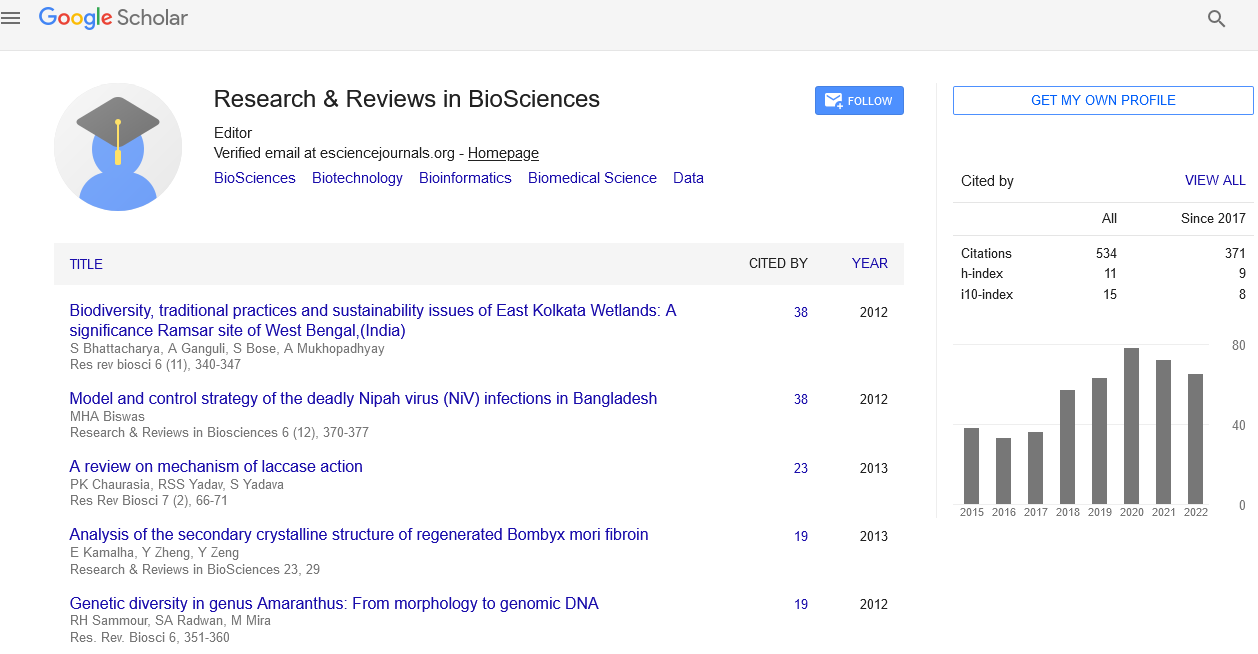Abstract
Genetic Variability in Amaranthus Based on Biochemical Traits
Author(s): Reda H SammourAmaranthus species are important crops that resist environment stresses (heat, draught, disease and pests). Some species of this genus are cultivated for their grains or leaves. Some others are useful as colorful ornamentals. In addition, it is used in folk medicine, thousands of years ago. Information on genetic variability and relationships within and among Amaranthus species and their wild relatives is essential for the efficient utilization of their plant genetic resource collections for propagation, domestication, and breeding programs as well as conservation of genetic resources. Therefore, this review is focused on evaluating the genetic variability between wild and cultivated species and assessing the evolutionary relationships between the cultivated species and their putative species using biochemical markers. The protein content varied between the different collections of Amaranthus species. It is ranged from 12.43 to 18.20%. There is also a great variability in protein content within the accession of the same species. For example the variation in protein content between the accessions of A. cruentus extends from 13.2 – 18.2%. Buffer extracts of seed storage proteins of taxa of Amaranthus spp. analyzed on SDS-PAGE under reducing conditions divided Amaranthus taxa into two groups; group with n=17 and the other group with n=16, indicating the relation between the chromosome number and the electrophoretic pattern. The electrophorectic patterns of the seed proteins of Amaranthus species were successfully used in the discrimination between Amaranthus species. Isozymes, as the second tool of the biochemical markers, showed low heterozygosity in the New World populations of Amaranthus. Awide genetic distance was detected between crop and weed species. Alleles at several loci proved to be diagnostic of the crop and weed groups. High levels of inter-specific and intra-specific variations were found between Amaranthus spp. using isozyme markers. Biochemical data supported a monophyletic origin of grain amaranths, with A. hybridus as the common ancestor. They also showed genetic variation among and within the populations of Amaranthus spp. and indicated that genetic variability within wild was lower than grain species.
